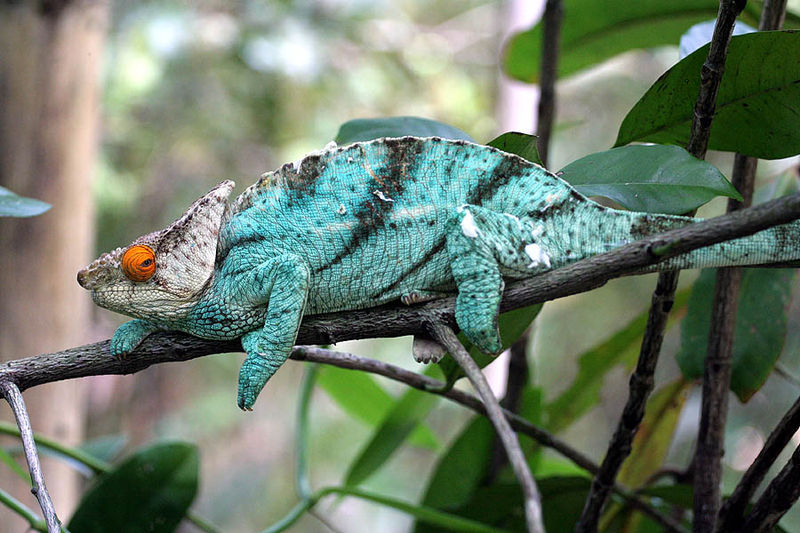
The second day of our trip to the island known as Malagasy has exploring the forest in search of one of the largest chameleons wandering the planet, the Parson’s Chameleon. You would think they would be easy to spot given their size but then you remember that these animals can change their colour to blend in with their surroundings. So…you had better keep your eyes open during our exploration. If we aren’t able to locate this giant in the wild, I am sure one of us knows someone that has a Parson’s Chameleon locked up in their house. This particular species is quite popular in the International pet trade and I have seen some species selling for as much as $3000. Although the export of this animal is regulated by CITES the popularity of this reptile might help explain why their wild populations are dwindling, so please don’t sneak one out of Madagascar.
The Largest Chameleon in the World?
As mentioned earlier, the Parson’s Chameleon has been thought to be the largest chameleon in the world, however, their Madagascar cousin, the Giant Malagasy Chameleon, may actually hold that title. Regardless, our featured animal is able to reach a length of 68 cm (27 in) and a weight around 0.7 kg (1.5 pounds), so it is pretty much as long as your typical house cat but weighs a little less. All I know is if I were an insect, reptile or bird living on this African island, I would be on the lookout for this hungry beast coming towards me. There are also reports that the Parson’s Chameleon will feed on fruits, leaves and flowers, so apparently nothing is safe from large reptile.

Grounded
When they aren’t terrorizing the smaller animals of the island, the Parson’s Chameleon will focus on creating a legacy for themselves. The females will typically excavate a hollow burrow about 30 cm (11.8 in) deep to place their clutch of 28-60 eggs in. After carrying these eggs around for the last 5 months, it probably feels pretty good to put them in the ground. Whoever coined the phrase “a mother’s job is never done” has never met a female Parson’s Chameleon. Once the eggs are safe in their buried chamber the female is off to do her own thing while the eggs incubate for the next 400 to 520 days, depending on the season weather patterns…yep, that is about a year and a half in the ground.

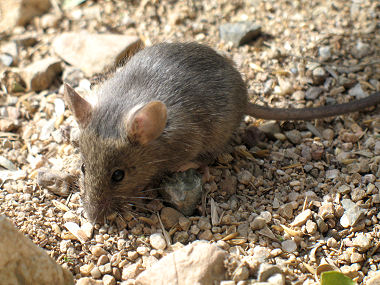
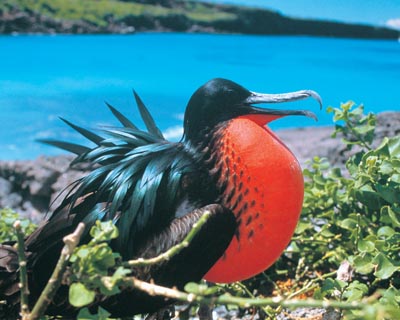
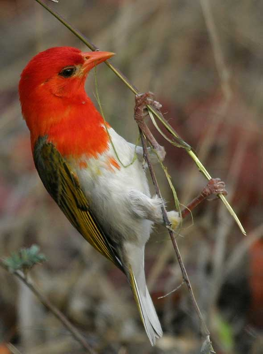

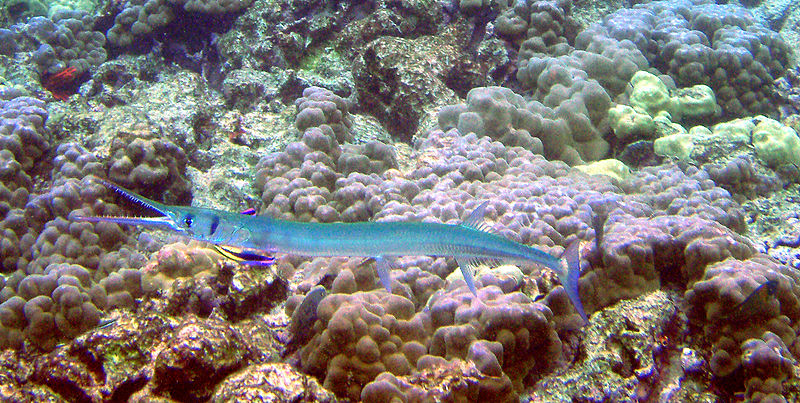
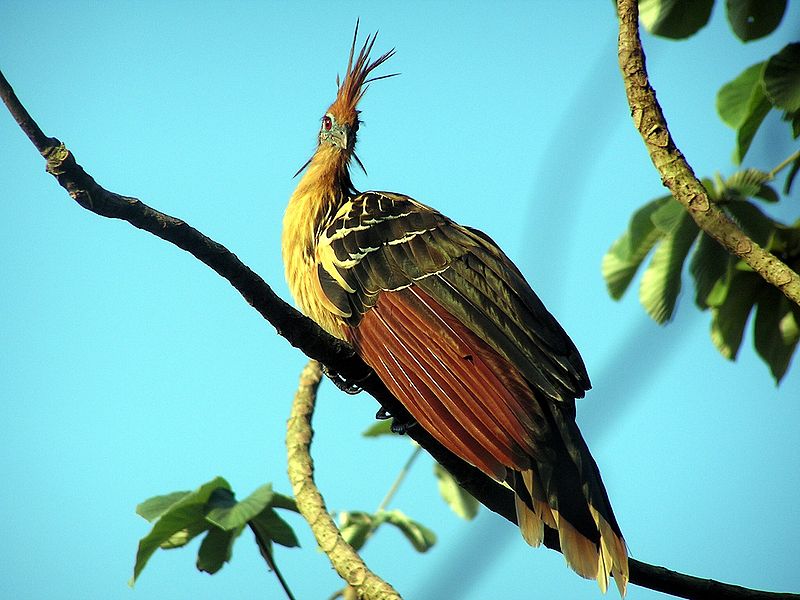
Just as a little note, chameleons don’t change color to blend into their surroundings. They change color based on temperature and emotion.